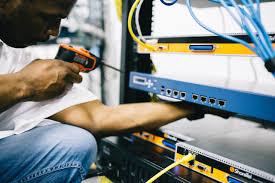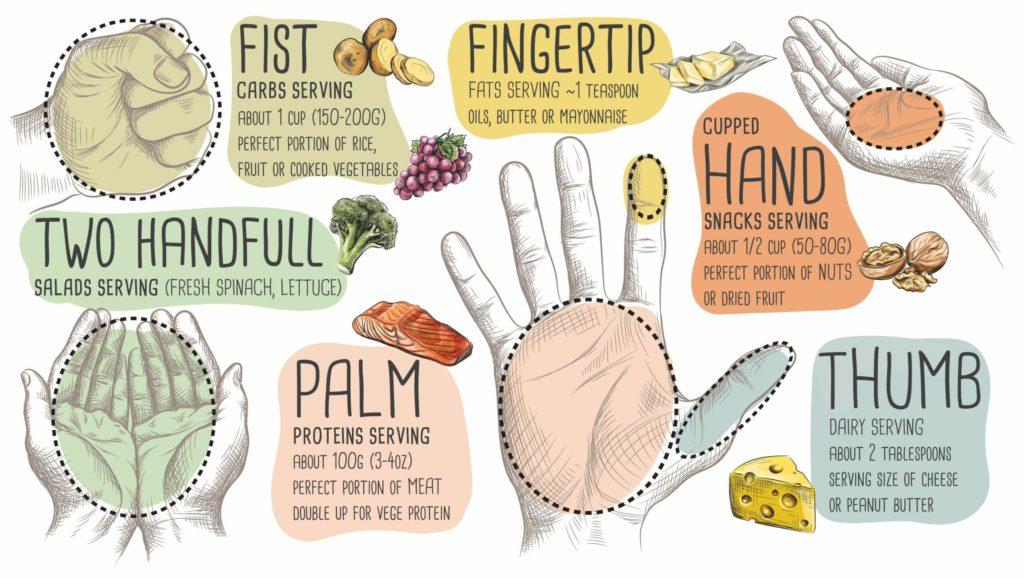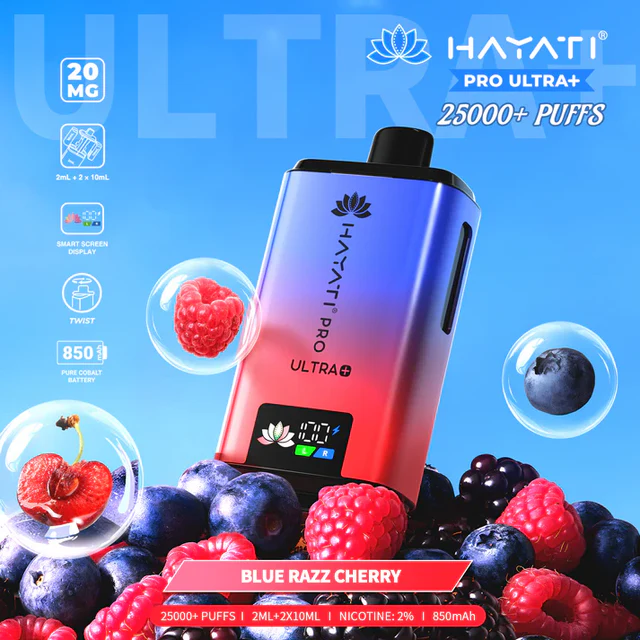Ensuring Reliability and Trust: The Importance of Consumer Product Safety Testing

Introduction
In today’s fast-paced market, where new products flood the shelves daily, consumer safety remains a top priority. Consumer product safety testing is a critical process that ensures the items we use—ranging from children's toys and electronics to household appliances and cosmetics—are safe, reliable, and compliant with regulatory standards. Without rigorous testing, consumers could be exposed to hazardous materials, mechanical failures, or even life-threatening risks.
This article explores the significance, processes, and regulatory frameworks of consumer product safety testing, while highlighting its role in protecting public health and strengthening brand trust.
What Is Consumer Product Safety Testing?
Consumer product safety testing is the scientific evaluation of products to determine their compliance with safety standards and regulations before they reach the market. This process identifies potential hazards—physical, chemical, electrical, mechanical, thermal, and biological—that may pose a risk to users during normal or foreseeable use.
Testing may include:
-
Mechanical and physical testing for breakage, choking hazards, or sharp edges.
-
Chemical testing for the presence of toxic substances like lead, phthalates, or formaldehyde.
-
Electrical safety testing for shocks, short circuits, and fire hazards.
-
Flammability testing for fabrics and furnishings.
-
Durability and performance testing under simulated use conditions.
Why Is Consumer Product Safety Testing Important?
-
Protecting Public Health and Safety
Faulty or unsafe products can cause injuries, illnesses, or even fatalities. Safety testing minimizes these risks, ensuring that only safe products reach consumers. -
Legal Compliance
Most countries have stringent product safety laws. For example, in the U.S., the Consumer Product Safety Commission (CPSC) mandates standards, while the European Union requires CE marking to demonstrate product conformity. Non-compliance can result in penalties, recalls, or legal action. -
Brand Reputation and Consumer Trust
Companies that invest in safety testing demonstrate responsibility and care. This commitment fosters consumer loyalty and reduces the risk of reputational damage from product failures or recalls. -
Global Market Access
Different regions require adherence to specific safety regulations. Thorough testing enables manufacturers to certify products for multiple markets, broadening distribution and revenue potential.
Key Standards and Regulatory Bodies
Consumer product safety testing must align with specific industry standards and regulations. Some of the most recognized organizations and frameworks include:
-
CPSC (U.S.) – Governs safety standards for a wide range of consumer products.
-
ASTM International – Develops voluntary consensus standards for products like toys and textiles.
-
ISO (International Organization for Standardization) – Provides global standards, such as ISO 8124 for toy safety.
-
UL (Underwriters Laboratories) – Certifies electrical and fire safety.
-
RoHS & REACH (EU) – Regulate the use of hazardous substances in electronics and chemicals.
Commonly Tested Products
Safety testing is essential across virtually all consumer sectors:
-
Children’s toys and products: Assessed for choking hazards, lead content, and mechanical strength.
-
Electrical and electronic goods: Tested for electrical insulation, short-circuit prevention, and fire resistance.
-
Cosmetics and personal care items: Checked for skin irritation, allergens, and toxic substances.
-
Household products: Includes cleaning agents, kitchenware, and furniture.
-
Textiles and apparel: Evaluated for flammability, dye toxicity, and mechanical safety (like button attachments).
The Testing Process: Step-by-Step
-
Product Design Review
Preliminary evaluation during the design phase helps manufacturers identify and address potential safety issues early. -
Prototype Testing
A prototype is subjected to simulations that mimic real-world usage to evaluate structural and functional integrity. -
Laboratory Testing
Certified labs conduct standardized tests using cutting-edge equipment to detect hidden hazards. -
Certification and Documentation
Upon passing, products receive certifications and test reports to demonstrate compliance with national or international safety standards. -
Post-Market Surveillance
Even after a product is launched, ongoing monitoring and occasional re-testing help maintain long-term safety and quality.
Benefits for Manufacturers and Retailers
-
Reduced Recall Risk: Catching flaws before market launch prevents costly product recalls.
-
Competitive Advantage: Safety certifications differentiate brands in a crowded market.
-
Liability Protection: Demonstrating due diligence through testing can mitigate legal liabilities.
-
Consumer Satisfaction: Safe, reliable products lead to fewer complaints and returns.
Challenges in Product Safety Testing
While crucial, safety testing poses several challenges:
-
Cost and Time: Comprehensive testing can be expensive and time-consuming.
-
Changing Regulations: Staying current with evolving global standards requires ongoing investment.
-
Complex Supply Chains: Sourcing from multiple vendors increases the need for uniform quality control.
Despite these challenges, the cost of not testing far outweighs the investment—both in terms of consumer trust and legal exposure.
The Future of Consumer Product Safety Testing
Emerging technologies such as AI-driven quality control, real-time sensor monitoring, and digital twins are transforming the safety testing landscape. These innovations promise faster, more predictive testing processes, reducing time to market while enhancing reliability.
In parallel, increasing consumer demand for sustainable and ethically manufactured products is prompting safety evaluations to include environmental impact assessments.
Conclusion
Consumer product safety testing is more than a regulatory checkbox—it is a fundamental commitment to protecting lives, ensuring satisfaction, and building trust. By investing in robust safety evaluations, manufacturers not only safeguard their customers but also future-proof their businesses.
As markets evolve and standards tighten, rigorous product safety testing will remain an indispensable pillar of responsible production and consumer protection.








